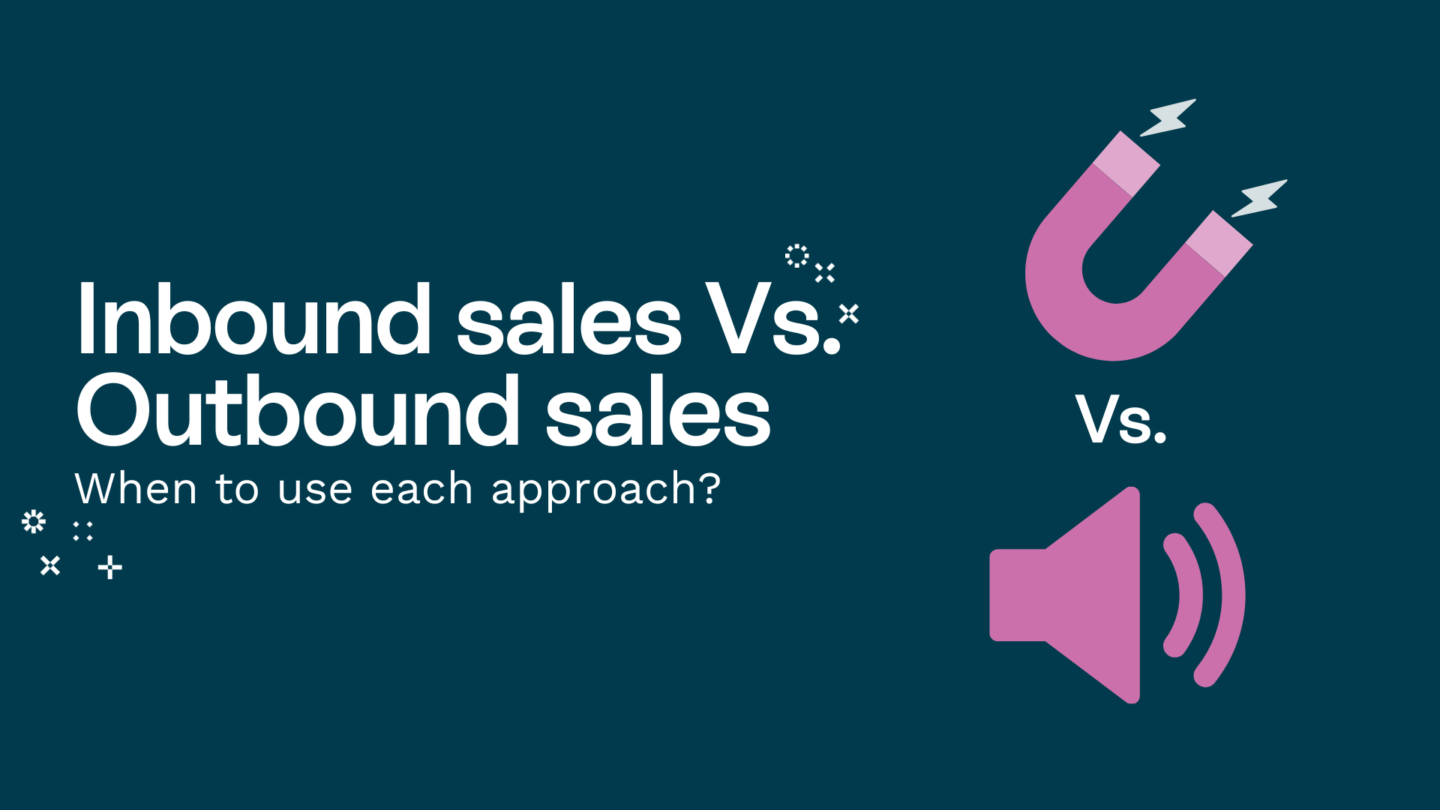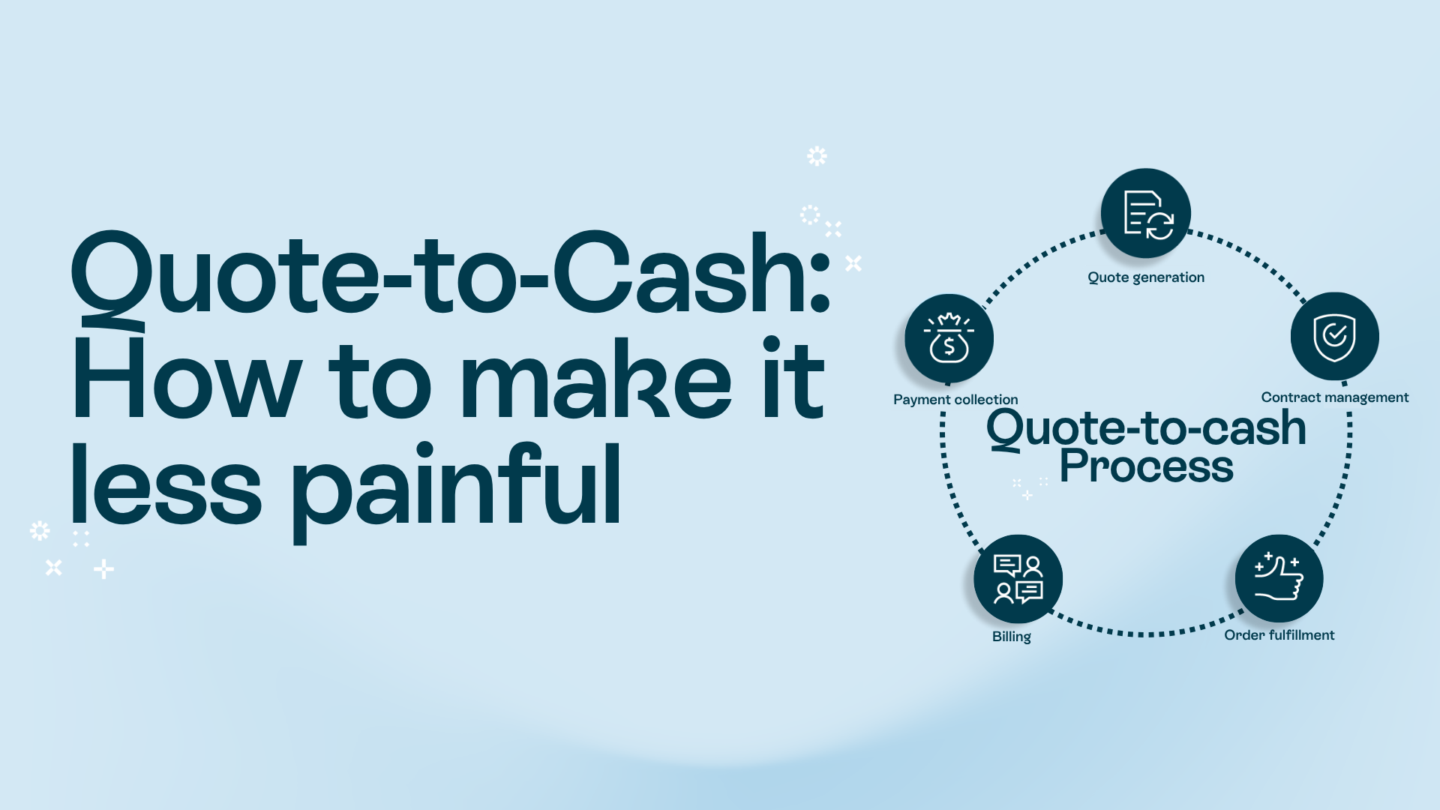A hold harmless agreement is a legal document that protects parties from liability or harm resulting from a particular activity or event. These agreements are commonly used in various industries and situations to allocate responsibility and mitigate risks. In this article, we will explore the basics of hold harmless agreements, including their definition, key elements, types, legal implications, drafting tips, and when to use them. So, let’s dive in and unravel the intricacies of this essential legal tool.
The basics of a hold harmless agreement
Definition and purpose of a hold harmless agreement
A hold harmless agreement, also known as an indemnity agreement, is a legally binding contract between two or more parties. Its primary purpose is to transfer the risk of potential legal claims or damages from one party to another. By signing this agreement, one party agrees to accept responsibility for any losses, liabilities, or expenses that may arise during a specific activity or event, while the other party is held harmless from any legal repercussions.
A hold harmless agreement plays a crucial role in preventing disputes, protecting parties involved, and ensuring that each party assumes responsibility for their actions or their participation in a particular activity. It establishes a clear understanding of liability allocation and offers peace of mind to parties involved in potentially risky situations.
Read also: What is contract management? Your ultimate guide

Key elements in a hold harmless agreement
When drafting a hold harmless agreement, certain key elements need to be included to make it legally enforceable and comprehensive. These elements typically involve identifying the parties, specifying the activities covered, and outlining the extent of liability. Additionally, it is essential to consider the scope of indemnification, insurance requirements, terms and conditions of the agreement, and any jurisdiction-specific regulations or laws.
Types of hold harmless agreements
Unilateral hold harmless agreements
In a unilateral hold harmless agreement, one party agrees to release the other party from any liability or claims that may arise during a particular activity. This type of agreement is often used when one party provides a service or allows an individual to participate in an activity, such as a contractor working on a project or a property owner granting access to their premises.
The party offering the indemnification assumes the risk associated with the activity or service, ensuring that the other party is not held responsible for any losses or damages caused by their actions or involvement. Unilateral hold harmless agreements are frequently encountered in situations where a higher degree of risk is involved.
Reciprocal hold harmless agreements
Unlike unilateral agreements, reciprocal hold harmless agreements provide mutual protection for all parties involved. In this type of agreement, both parties agree to hold each other harmless from any liability, claims, or damages that may arise during a specified activity or event. Reciprocal hold harmless agreements are often seen in contracts between companies or organizations collaborating on a project or event, where shared risks are involved.
These agreements help establish a balance of responsibilities and ensure that all parties are equally protected from potential risks or losses. It is crucial to carefully consider the terms and conditions of a reciprocal hold harmless agreement to ensure fairness and clarity for all parties involved.
Read also: The role of AI in contract negotiation: Revolutionizing the process

The legal implications of a hold harmless agreement
Enforceability and limitations
While hold harmless agreements are valuable tools for risk management, their enforceability may vary depending on jurisdiction and the nature of the activity. It is essential to consult with legal professionals to ensure compliance with local laws and regulations governing indemnification clauses.
The enforceability of a hold harmless agreement may also depend on the specific language used and the clarity of its terms. Courts may interpret these agreements strictly, so it is vital to use clear and unambiguous language to avoid disputes or ambiguities that may render the agreement unenforceable.
Potential risks and liabilities
Despite the protection they offer, hold harmless agreements may not absolve parties from all potential risks and liabilities. Some exceptions may apply, such as cases involving gross negligence, intentional misconduct, or violations of statutory rights. It is crucial to understand the limitations of hold harmless agreements and seek legal advice to mitigate potential legal risks.
Additionally, hold harmless agreements should be carefully examined to ensure they comply with insurance requirements. Insurance policies often have specific provisions that may impact the effectiveness of a hold harmless agreement, so consulting with insurers is advisable.
Drafting a hold harmless agreement
Essential clauses to include
When drafting a hold harmless agreement, several essential clauses should be included to ensure its effectiveness. These clauses typically address the scope of indemnification, the release of liability, insurance requirements, dispute resolution mechanisms, and governing law. Each clause should be drafted clearly and unambiguously to avoid potential misunderstandings or challenges to the validity of the agreement.
It is crucial to ensure that all parties involved fully understand the language and implications of each clause. Seeking legal advice during the drafting process will help tailor the agreement to specific circumstances and ensure its compliance with applicable laws and regulations.
Common mistakes to avoid
While creating a hold harmless agreement, it is essential to avoid common mistakes that could render the agreement ineffective or unenforceable. Some of these mistakes include using vague or ambiguous language, failing to identify the parties involved accurately, overlooking applicable laws and regulations, and neglecting to review and update the agreement periodically.
To maximize the effectiveness of a hold harmless agreement and minimize potential risks, it is worthwhile to invest time and effort in crafting a well-drafted document that precisely reflects the intentions of the parties involved.
Read also: What is sales acceleration? A complete guide

When to use a hold harmless agreement
In business contracts
In business contracts, hold harmless agreements are commonly utilized to allocate responsibility and protect parties from potential liability arising from their business activities. These agreements help mitigate the risks associated with various business transactions, collaborations, or professional services, ensuring that each party assumes its fair share of responsibility.
From independent contractors to suppliers, partners, or tenants, hold harmless agreements play a vital role in safeguarding the interests of businesses and minimizing potential legal disputes.
In real estate transactions
In real estate transactions, hold harmless agreements are often incorporated to protect sellers, buyers, landlords, or tenants from potential claims or damages during property transfers or lease agreements. These agreements help clarify responsibilities related to property condition, maintenance, repairs, and ensure that each party understands the associated risks and liabilities.
Whether it’s a commercial lease, a residential property purchase, or a construction project, hold harmless agreements offer a layer of protection and assist in establishing clear expectations between parties involved in real estate transactions.
In event planning
Event planning is another domain where hold harmless agreements play a significant role. From small-scale gatherings to large-scale conferences or music festivals, event organizers often require vendors, suppliers, performers, and participants to sign hold harmless agreements.
These agreements help protect event organizers from potential claims or damages arising from accidents, injuries, property damage, or other unforeseen circumstances. They establish clear guidelines regarding risk management, indemnification, and liability allocation, providing a solid foundation for successful and safe events.
The key takeaways
A hold harmless agreement is a powerful tool that enables parties to allocate responsibility, protect against potential liabilities, and mitigate risks. By understanding the basics, types, legal implications, and drafting considerations, parties can craft comprehensive and enforceable agreements tailored to their specific circumstances. Whether in business contracts, real estate transactions, or event planning, hold harmless agreements offer a reliable framework for managing and reducing potential legal disputes. So, next time you engage in an activity or transaction involving risks, consider the value and effectiveness of a well-crafted hold harmless agreement.







